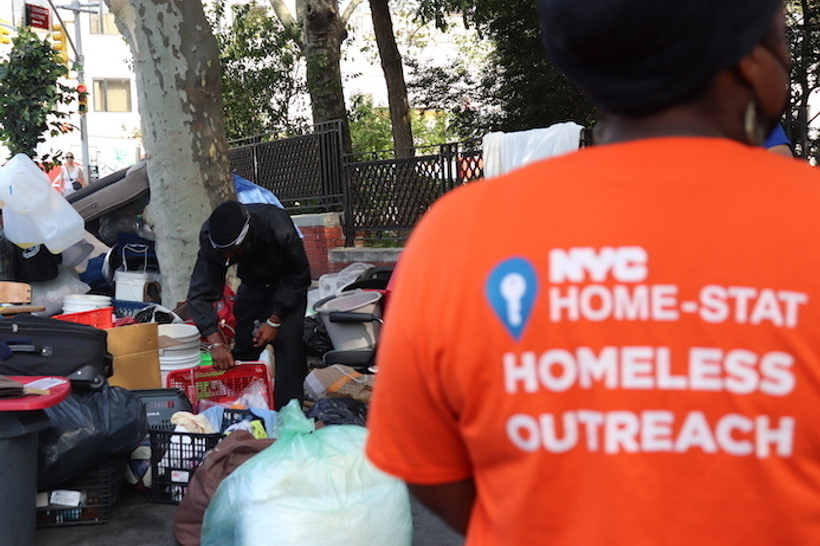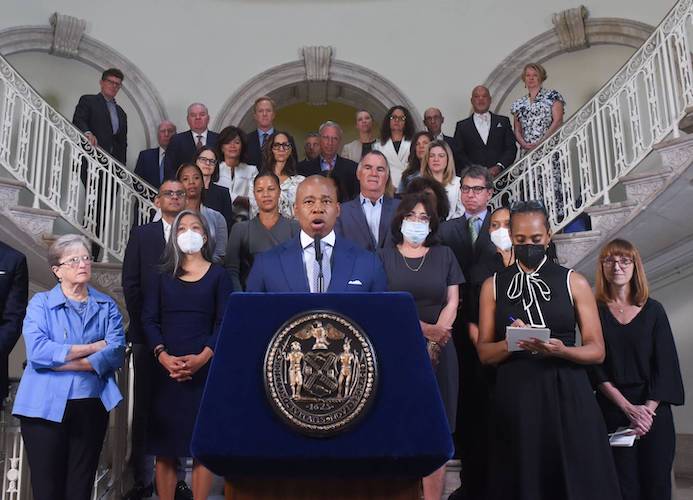Real Estate Is Funding Eric Adams’s Fifth Homeless ‘Outreach’ Initiative. What’s the End Game?
The partnership split homeless advocates: Some welcomed the additional dollars, arguing “more is better,” while others predicted they would function mainly to keep people off corporate property.


Previously unreleased disciplinary files expose officers who beat, slap, and pepper spray the residents they’re supposed to protect. Most are back at work within a month.
Referencing a New York Focus story, Assemblymember Jessica González-Rojas introduced legislation to prevent public agencies from naming the medically discredited condition in their reports.
In the New York City teachers union, anger over a plan to privatize retiree health care could send a longshot campaign over the edge.
As real estate developers resist wage guarantees and try to roll back tenants’ rights, a potential budget deal is at an impasse.
What are industrial development agencies?
The county is ready to restart real estate subsidies after a two-year pause. Residents fear it won’t fix their housing crisis.
 Adams and business leaders announce a homeless outreach partnership at City Hall, July 26, 2022. (Michael Appleton/Mayoral Photography Office)
Adams and business leaders announce a homeless outreach partnership at City Hall, July 26, 2022. (Michael Appleton/Mayoral Photography Office)
